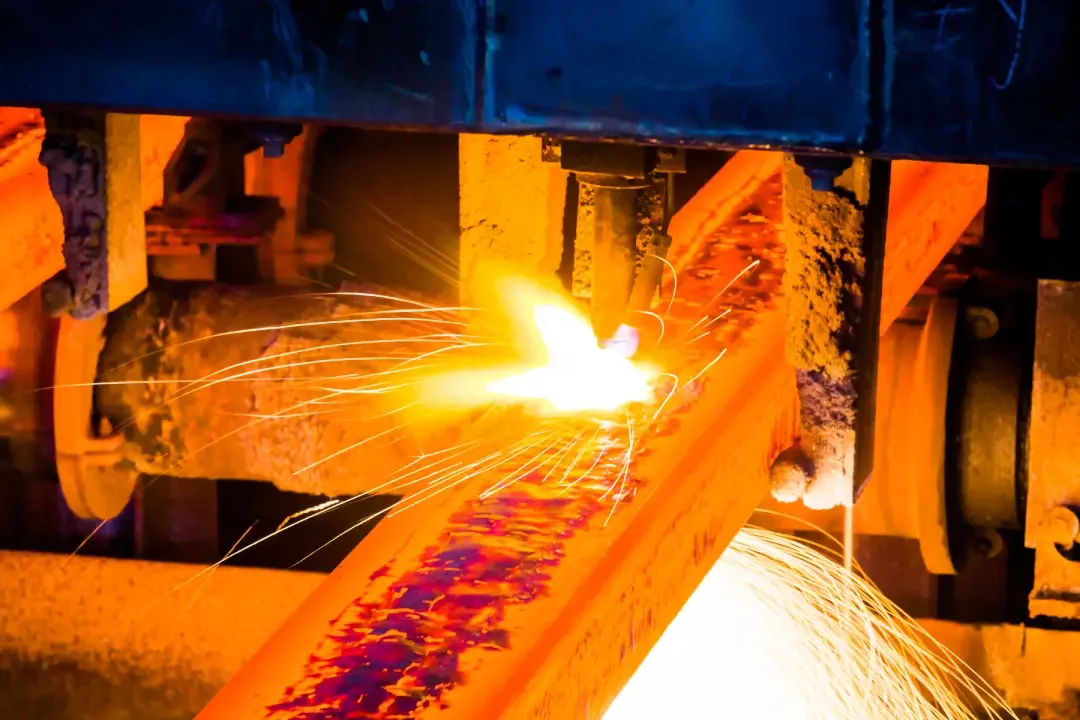Casting processes involve the use of molten material, generally metal alloys. The molten material is poured into the cavity of the mold in the shape of the piece to be finished. After cooling and solidification to the desired shape, it is removed from the mold by means of heat.
Casting can be examined under two headings as processes made with reusable and disposable molds. The method applied in both processes is the same.
Mold Design
Before the mold is made, a 3D modeled drawing should be made. While designing the mold, it is necessary to pay attention to the shrinkage calculation and the runners that will allow the molten alloy to flow into the mold.
Mold Making
In general, a reusable mold made of metal or disposable molds that can be produced from materials such as sand and plaster can be preferred. The mold needs to be optimized according to the production method, model complexity, and the content of the material to be used.
Alloy Selection
Castings generally consist of ferrous or non-ferrous metal alloys. Alloys consist of mixtures of elements with very good mechanical properties for use after being finalized. Ferrous alloys are steel, gray iron, wrought iron, while non-ferrous alloys are aluminum, bronze and copper.
Melting the Alloy
Since each alloy has a different melting temperature, melting processes will vary according to the content of the material. Melting is generally done by heating the solid alloy in a crucible, over a flame or in a furnace.
Pouring into the Mold
Pouring the molten material into the mold cavity can be accomplished by transferring the alloy directly from the heated section to the mold if it is a small casting. If a larger casting is to be made, it may be necessary to transfer it to another ladle with a piece of equipment before it is put into the mold. It is necessary to ensure that safety precautions are taken during the casting of the alloy into the mold. It is important to supply safety glasses, insulated gloves and protective natural fiber clothing. A well-ventilated environment should be created to avoid exposure to hazardous fumes during the casting process. A chemical fire extinguisher should always be kept ready.
Removing the Cast from the Mold
After the alloy has cooled and solidified, it can be removed from the mold. If a disposable mold has been cast, the casting can be separated from the mold as desired. Injector pins can be used if casting is desired to be removed from reusable molds. The solid alloy casted can be rasped and the desired and necessary processes can be applied on them.



